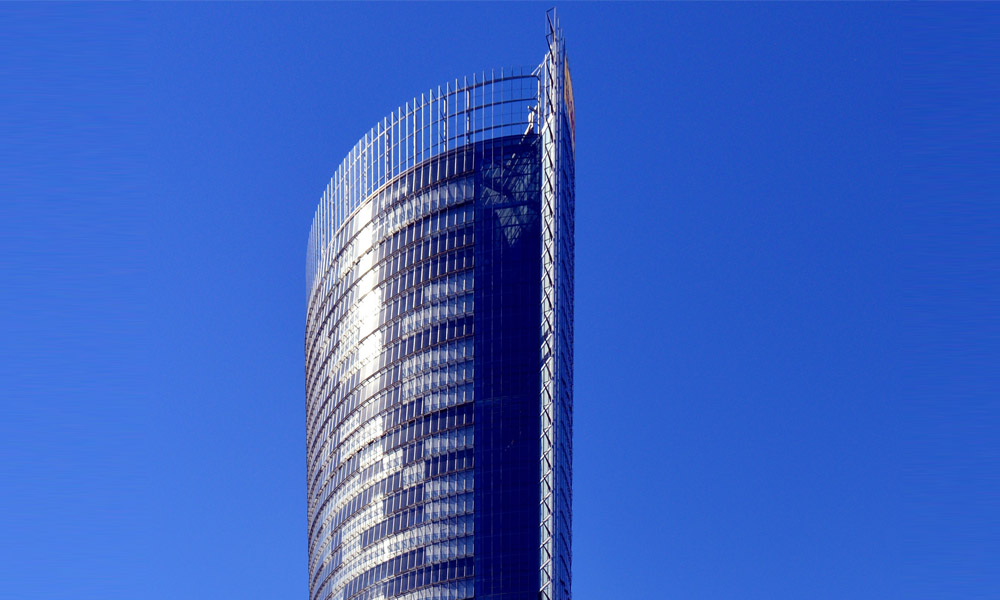

Understanding Float Glass Its Manufacturing Process and Applications
Float glass, a vital component in the glass industry, is known for its clarity, smoothness, and versatility. This type of glass is produced using a unique manufacturing process that allows for the creation of large, flat sheets, making it crucial in various applications ranging from architecture to automotive.
The Manufacturing Process
The production of float glass begins with the raw materials, primarily silica sand, soda ash, and limestone. These ingredients are mixed and melted in a furnace at high temperatures, around 1,700 degrees Celsius. Once the raw materials have morphed into molten glass, it is poured onto a bed of molten tin. This is where the name float glass comes from, as the glass floats on top of the tin, creating a perfectly flat and smooth surface.
The floating process is crucial, as it allows for the elimination of imperfections. The molten glass spreads out evenly due to its lower density relative to tin, forming a continuous sheet. The thickness of the glass can be controlled by adjusting the width of the outlet from which the molten glass flows and the speed at which it moves through the tin bath.
After the glass has floated on the molten tin, it is gradually cooled in an annealing lehr, where it solidifies. This cooling process is essential to relieve internal stresses within the glass structure. Once cooled, the glass sheets can be cut into desired dimensions and undergo various treatments depending on their intended application.
Applications of Float Glass

Float glass is highly valued for its optical clarity and aesthetic qualities, making it suitable for a plethora of applications. In construction, float glass is primarily used for windows, curtain walls, and glass facades of buildings. Its transparency allows natural light to illuminate interior spaces, while its ability to be tinted or coated affords energy efficiency and UV protection.
In the automotive industry, float glass is utilized for windshields, windows, and mirrors. The glass can be tempered or laminated to enhance safety and durability. Laminated float glass, which consists of two or more sheets of glass bonded with a layer of plastic, is especially prevalent in car windshields, as it holds together when shattered, preventing injury.
Moreover, float glass is not limited to industrial applications; it also finds its way into the realm of home decor. Items such as mirrors, tabletops, and glass partitioning use float glass for its sleek appearance and customizable features. Artists and craftsmen often utilize float glass in various art installations due to its clarity and versatility.
The Environmental Aspect
With the increasing focus on sustainability, the glass industry has been exploring more eco-friendly practices. Float glass manufacturing does pose environmental challenges, primarily due to the energy-intensive melting process. However, advancements in technology, such as the use of recycled glass cullet in production, can significantly reduce energy consumption and raw material usage. Manufacturers are also striving to implement sustainable practices by powering plants with renewable energy sources.
Conclusion
In conclusion, float glass plays a significant role in various sectors, from construction to automotive and art. Its unique manufacturing process results in high-quality sheets that are both functional and aesthetically pleasing. As the demand for sustainable materials grows, the float glass industry is evolving to meet these challenges, ensuring that this essential material continues to be widely used. With its broad applications and continued innovation, float glass remains an integral part of modern life, reflecting both natural light and human ingenuity.